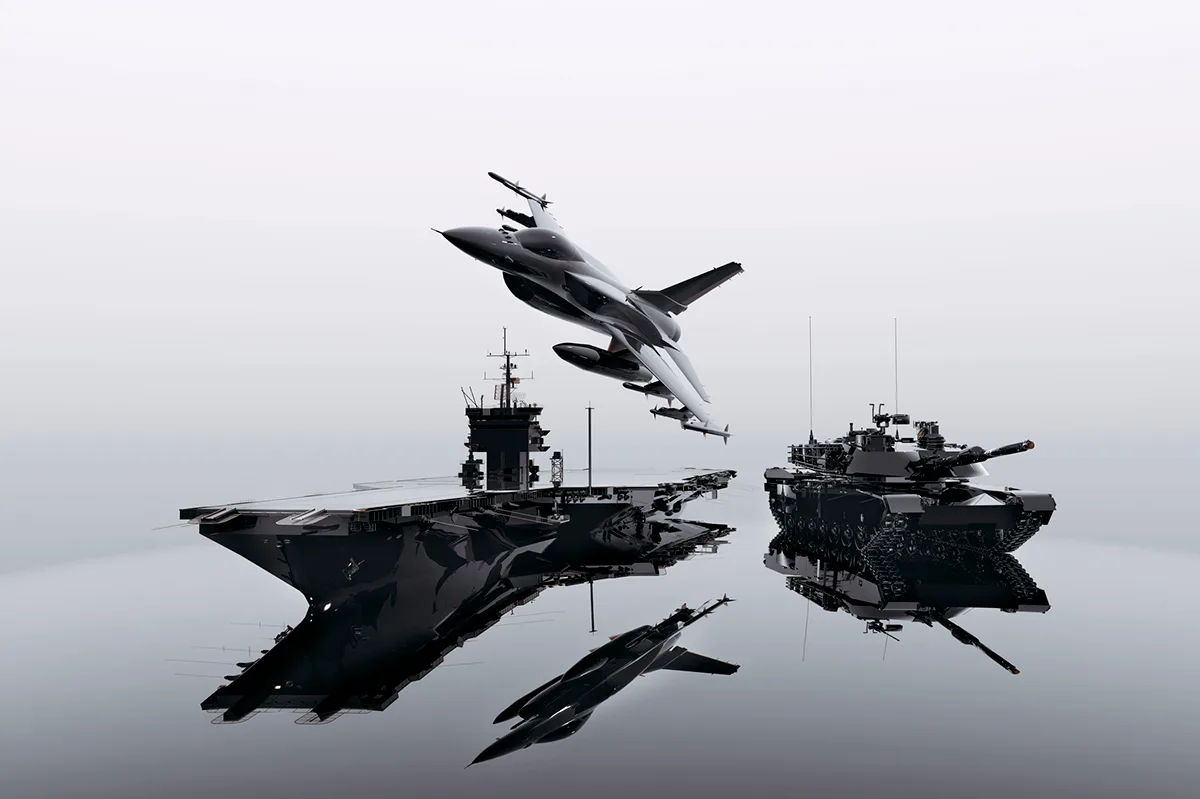Space Force Aircraft Carrier: The Next Leap in Orbital Defense and Deployment
The concept of a Space Force aircraft carrier is capturing imaginations and driving rapid advancement in orbital defense. Much like naval carriers transformed sea warfare, orbital carriers aim to redefine how the United States and other nations manage and deploy spacecraft in Earth’s orbit. This article explores what a space force aircraft carrier is, why it matters, and the impact it could have on the future of space operations.

What Is a Space Force Aircraft Carrier?
A space force aircraft carrier, also known as an orbital carrier, is an advanced platform stationed in Earth’s orbit. Its primary mission is to pre-position and launch multiple spacecraft or satellites rapidly, providing a revolutionary edge in deployment and defense. Unlike traditional launches from the ground, which are expensive and time-consuming, an orbital carrier enables spacecraft to be deployed instantly, directly from space. The United States Space Force, established in 2019, is actively pursuing this groundbreaking innovation.
Gravitics, Inc., a leading space infrastructure company, has secured strategic funding to work on this ambitious project. According to BBC Sky at Night Magazine, the orbital carrier would function as a “pre-positioned launch pad in space.” This would let operators select and deploy payloads on demand, enhancing flexibility and reducing traditional launch constraints.
Advantages of an Orbital Carrier in Space
The shift from ground-based launches to orbital deployments brings several significant benefits:
- Rapid Response: Spacecraft can be deployed quickly to address emerging threats or needs, instead of waiting for time-consuming ground launches.
- Operational Flexibility: With multiple maneuverable vehicles onboard, the carrier can tailor missions for precise orbits and tasks.
- Cost Efficiency: While initial assembly is expensive, deploying and servicing multiple spacecraft from a single platform could offset long-term costs.
- Enhanced Security: The ability to respond swiftly to orbital threats strengthens national security and global presence.
Colin Doughan, CEO of Gravitics, highlighted that this technology “bypasses traditional launch constraints, enabling rapid deployment in orbit.” For more insights on the technical strategy, see the full BBC Sky at Night article.
Technical Challenges and International Impact
Despite its promise, the space force aircraft carrier faces significant hurdles. Assembling a large station in orbit will require several launches and complex in-space construction. Each spacecraft deployed will also need to be delivered to the orbital carrier, likely in stages. Logistical and financial investments will be substantial. The evolving competition in space, particularly with nations like China, adds urgency and drives innovation. As highlighted in Sustainability Times, completing the first operational space aircraft carrier could shift the balance of power in Earth’s orbit.
The Future of Space Force Aircraft Carriers
The development of a space force aircraft carrier signals a new chapter in both military and commercial space endeavors. As these platforms move from concept to reality, they promise to make spacecraft deployment faster, safer, and more flexible. For those closely following the evolution of orbital technology, Florida Today also provides ongoing news on these historic advancements.
Conclusion
A Space Force aircraft carrier could transform how military and commercial missions are performed in space. By creating agile, on-demand spacecraft deployment capabilities, these orbital carriers usher in a bold new era for space operations. As technological and strategic challenges are addressed, the world will watch closely to see who leads this next frontier.